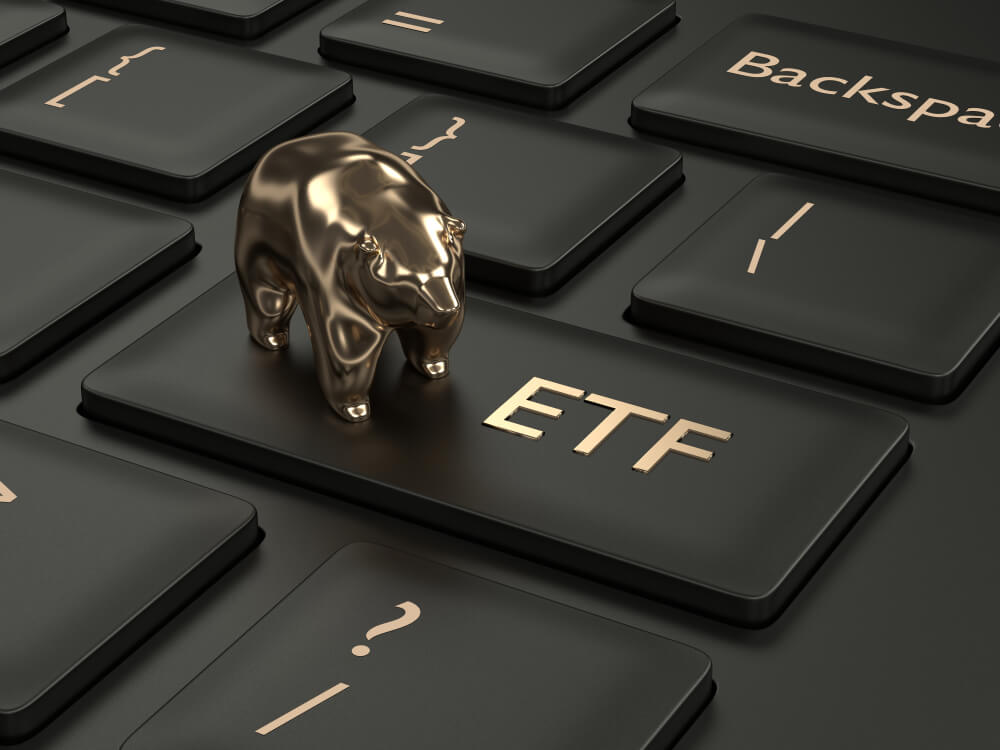People say you can’t “time the market.”
And it is difficult knowing exactly when a downturn will come — particularly these days!
But while you’ll never catch every little twist and turn perfectly, a proven systematic market-timing strategy can help you stay invested during the meat of a major bull market rally… AND get your positioned properly for the worst of a bear market crash.
M&M Chief Investment Strategist Adam O’Dell
That’s where a market-timing approach can really shine.
Most folks are in duck-and-cover mode during recessions, bear markets and panic-driven crashes. Their only goal is to make it out alive.
The so-called “60/40” portfolio (60% stocks, 40% bonds) is Wall Street’s best solution for riding out the storms. And it’s not a good one, since the always-on allocation to bonds is a real drag on returns in the long run.
I’ve already shared before how my systematic market-timing model has easily outperformed the passive 60/40 portfolio over the past 14 years — simply by investing in stocks when my model says “all is well,” and only switching into bonds when there are signs of trouble ahead.
A market-timing approach beat the passive 60/40 by nearly 3-times, since 2006!
But no one says you have to use bonds as your “safe” asset during times of trouble.
My 10X Profits subscribers know of a far better option…
That is… volatility.
The Volatility Index (aka “The VIX”) is the ultimate fear indicator.
No matter what the cause is… when folks are scared, the VIX shoots higher.
Sometimes, astronomically higher!
That makes it an ideal tactical hedge.
When things get dicey in the stock market, as they have clearly gotten so far in 2020, volatility “insurance” can provide far better returns than other defensive plays… more than bonds, the U.S. dollar, the Japanese yen… or any other “safe-haven” asset you can think of.
Consider how well that could have worked for you in 2008…
We all know the top of the last bull market came in October 2007. But panic didn’t truly set in until the last several months of 2008… and my market-timing model called it perfectly.
On Sept. 29, 2008, my model flashed its “trouble ahead” signal and recommended a long-volatility trade.
That trade turned out to be “The Big One,” as I like to call it.
My market-timing model called for staying long volatility between Sept. 29 and Dec. 11, 2008.
During that time, the S&P 500 fell a sharp 21%!
U.S. Treasury bonds provided some relief, gaining a nice 18%… nearly a full hedge to the losses that stocks were suffering.
But volatility did far better… not only hedging stock’s losses, but also generating massive gains.
All told, volatility gained a whopping 185% between September 29 and December 11, 2008 — the time span that my market-timing model recommended holding the position.
So compared to bonds, volatility provided 10-times (“10X”) more protection!
That meant that while most traditional investors were merely trying to survive — even the conservative ones, who dutifully held a diversified 60/40 portfolio — my systematic market-timing strategy could have helped you nearly triple your money during this brief window of opportunity.
That’s something buy-and-hold will never do for you…
Something a passive 60/40 portfolio won’t do for you…
And something — I’m sorry to say — you probably couldn’t do on your own, if you’re merely trying to “time the market” based on subjective judgments, “gut feel” or whatever CNBC is squawking about at the time.
As I’ve said from the beginning, a systematic approach to market-timing is the only approach to market-timing I’ve ever seen work.
It’s the approach Boston Red Sox owner John Henry used to amass a $2.7 billion fortune, despite Wall Street and academia’s claim that it’s “impossible to time the market.”
And it’s the approach we take in my 10X Profits research service, where I offer live market-timing signals — telling you exactly when to be positioned bullishly… and when to be positioned bearishly.
The signals I share are crystal clear. There are only two of them: “risk-on” and “risk-off.”
Some of my 10X Profits readers use my market-timing model to implement a more responsive, tactical approach to the classic “60/40” portfolio – buying a stock fund during the good times, or a bond fund when my model signals “trouble ahead.”
Some 10X Profits readers opt instead for the super-charged “long-stock” or “long-volatility” implementation, which I’ve shown capable of producing 50% annual returns over the last full market cycle.
The options are many… and I’ve detailed more than 100 market-beating portfolios in my 100 Paths to 10X Profits report, which in a way has become the “bible” of my 10X Profits research service.
I really hope you’ll give market-timing a chance.
There’s never been a better time considering the market’s recent volatility… and the chance that we’re finding ourselves on the knife edge between “bull” and “bear” territory.
To good profits,
Adam O’Dell
CMT, Chief Investment Strategist, Money & Markets
• Using his unique blend of technical and quantitative analysis, Adam’s sole focus is to find and bring you investment opportunities that return the maximum profit with minimum risk.
